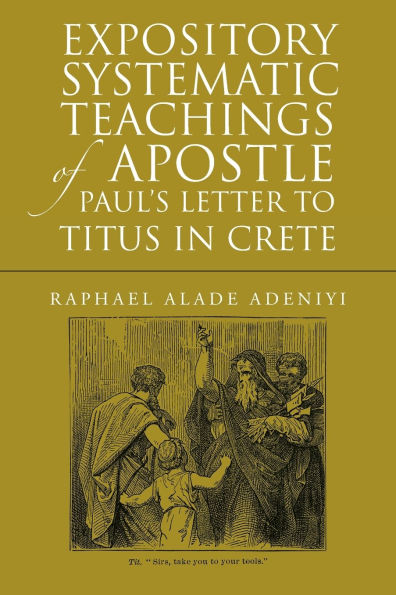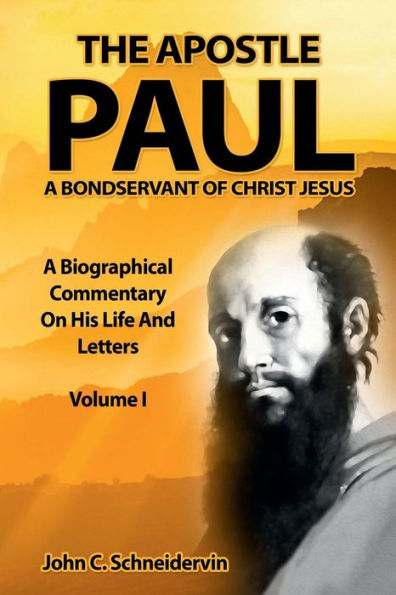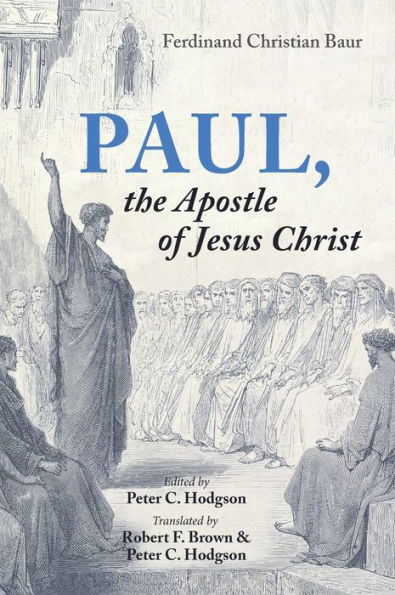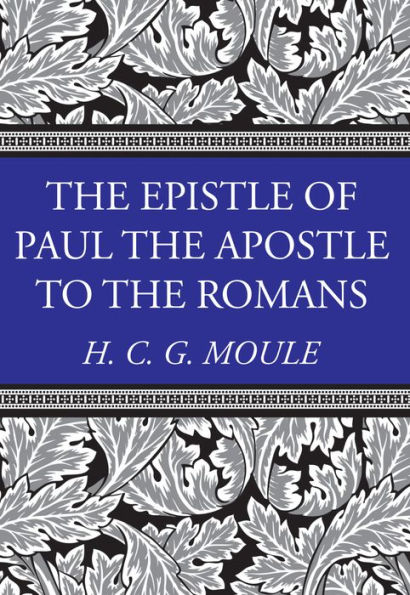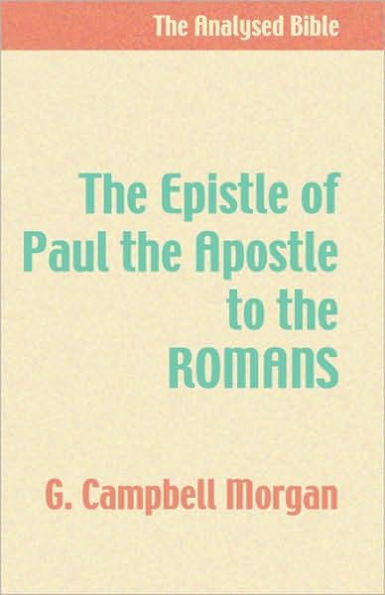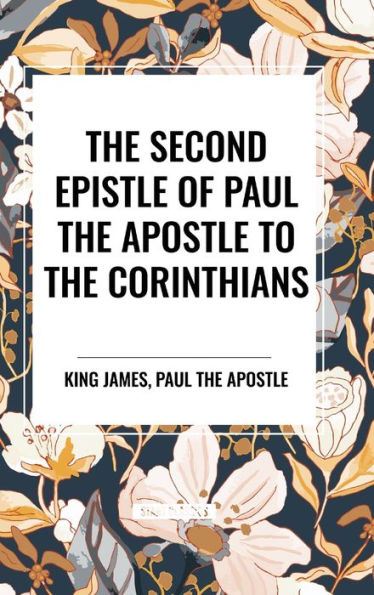Home
the Apostle to Foreskin: Circumcision Letters of Paul
Barnes and Noble
Loading Inventory...
the Apostle to Foreskin: Circumcision Letters of Paul in Franklin, TN
Current price: $123.99

Barnes and Noble
the Apostle to Foreskin: Circumcision Letters of Paul in Franklin, TN
Current price: $123.99
Loading Inventory...
Size: Hardcover
This volume offers a comprehensive examination of circumcision and foreskin in the undisputed Pauline epistles. Historically, Paul's discourse on circumcision has been read through the lens of Paul's supposed abandonment of Judaism and conversion to 'Christianity.' Recent scholarship on Paul, however, has challenged the idea that Paul ever abandoned Judaism. In the context of this revisionist reading of Paul, Ryan Collman argues that Paul never repudiates, redefines, or replaces circumcision. Rather, Paul's discourse on circumcision (and foreskin) is shaped by his understanding of ethnicity and his bifurcation of humanity into the categories of Jews and the nations—the circumcision and the foreskin. Collman argues that Paul does not deny the continuing validity (and importance) of circumcision for Jewish followers of Jesus, but categorically refuses that gentile believers can undergo circumcision. By reading this language in its historical, rhetorical, epistolary, and ethnic contexts, Collman offers a number of new readings of difficult Pauline texts (e.g., Rom 4:9–12; Gal 5:1–4; Phil 3:2–3).
This volume offers a comprehensive examination of circumcision and foreskin in the undisputed Pauline epistles. Historically, Paul's discourse on circumcision has been read through the lens of Paul's supposed abandonment of Judaism and conversion to 'Christianity.' Recent scholarship on Paul, however, has challenged the idea that Paul ever abandoned Judaism. In the context of this revisionist reading of Paul, Ryan Collman argues that Paul never repudiates, redefines, or replaces circumcision. Rather, Paul's discourse on circumcision (and foreskin) is shaped by his understanding of ethnicity and his bifurcation of humanity into the categories of Jews and the nations—the circumcision and the foreskin. Collman argues that Paul does not deny the continuing validity (and importance) of circumcision for Jewish followers of Jesus, but categorically refuses that gentile believers can undergo circumcision. By reading this language in its historical, rhetorical, epistolary, and ethnic contexts, Collman offers a number of new readings of difficult Pauline texts (e.g., Rom 4:9–12; Gal 5:1–4; Phil 3:2–3).


